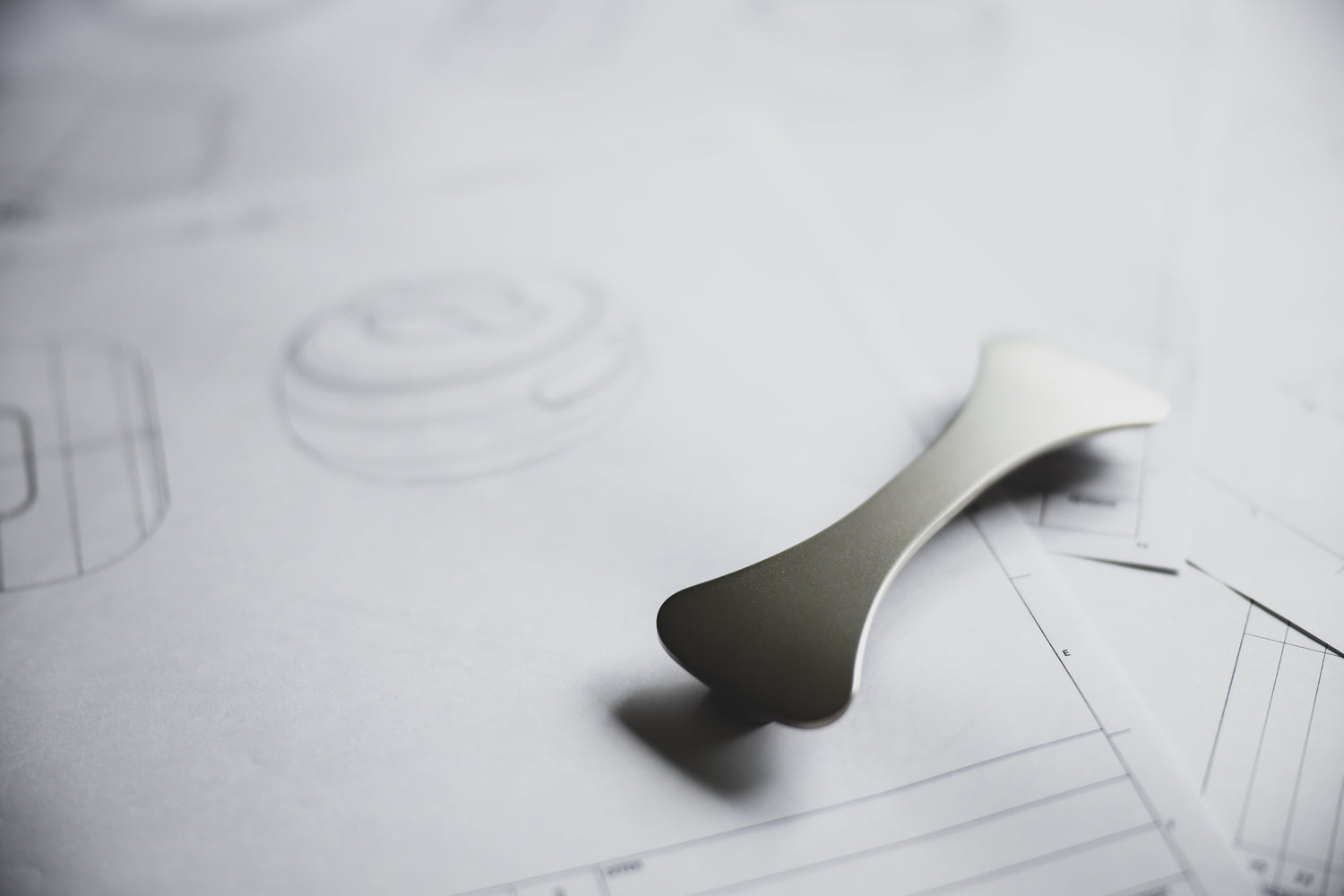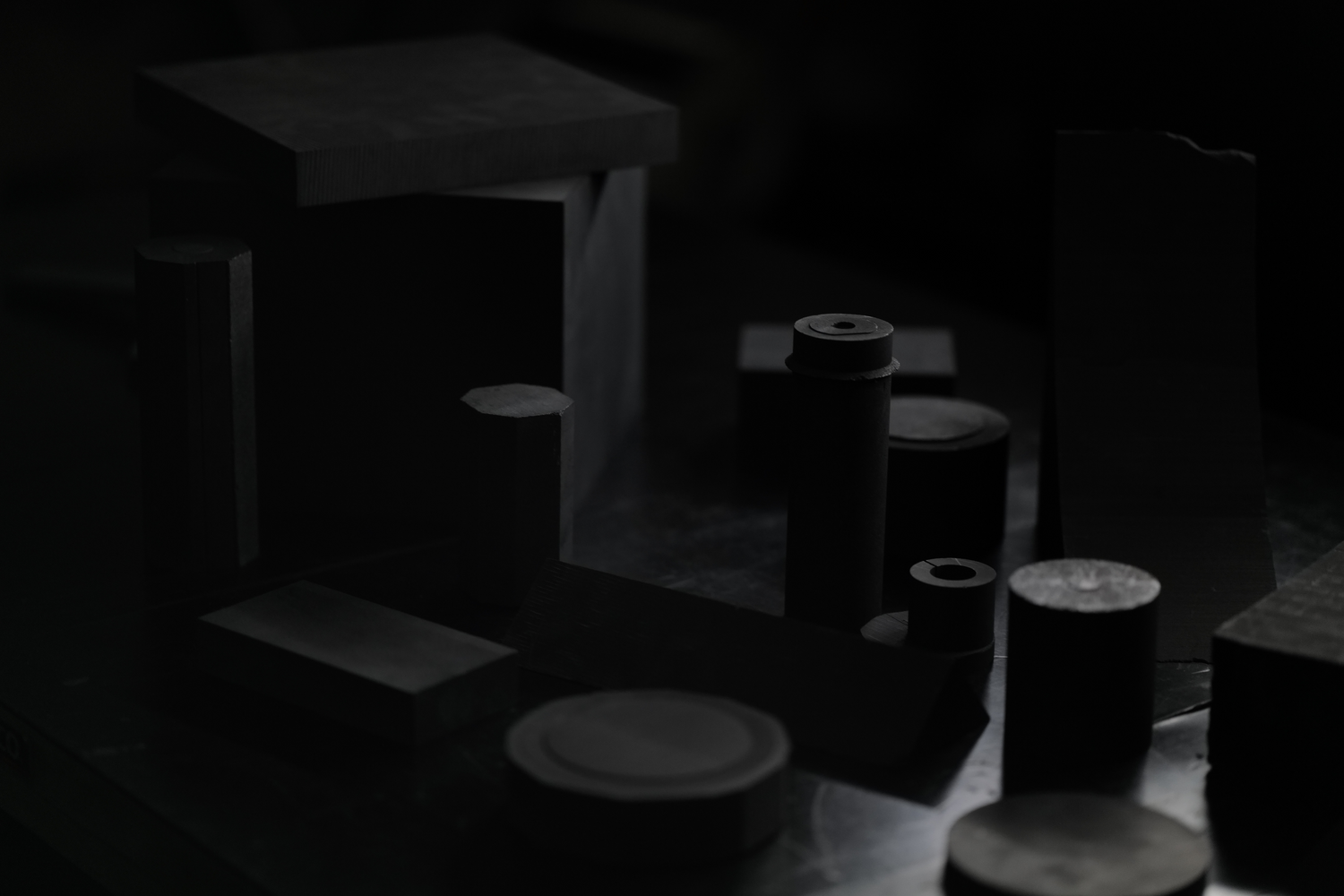During last year’s “Naturality Tour by ANAORI,” chef Enrico Crippa, who adheres to ANAORI’s philosophy, attracted a lot of media attention by presenting unique dishes prepared with the kakugama.
This year, we are confident that he will play an even more important role as ANAORI’s ambassador chef. We asked him three questions related to the kakugama.
ANAORI: According to your professional experience, what are the differences between ANAORI Kakugama and other cooking tools ?
Enrico Crippa: The first thing I noticed about the kakugama is that it is a tool that really holds the temperature of the pot very well. I used the kakugama here at the restaurant with the professional piano and I noticed a very good acceleration when you put the tool on an induction plate, on gas, or in an oven. Also, I was amazed when I brought the kakugama home. I started to play and prepare things.
At home, I have a traditional induction kitchen. I had fun in the last vacation by playing, preparing food for my wife with this new cooking tool. I noticed an impressive ease of cooking.
We, as professionals, always try to have control over heat and fire, fire understood not as a flame but as a force of heat. For us it is very important when we make anything, a broth, a roast, a sauce, a simmering. Something that boils, but very slowly, that boils for a while, then stops, then starts again. We like laying with the fact of covering a pan, being able to maintain, even with the very low temperature of the gas or the induction plate, succeed in maintaining the humidity inside so that the sauce, the juice, the vegetables even the fruits, can have the right heat convection, the right humidity inside.
It's true that with the kakugama, it's something where you can have the heat on all the surfaces of the cube and you can even make firing “by castle”. For example, I put a sauce in another pan on the lid of the kakugama. I was preparing something underneath of the kakugama and above I had another element that was being prepared thanks to the heat of the tool. It was fun, it was something different. You can do a method like that to heat on another pan but you can't have the same performance or the same conditions as on the kakugama because it's really a transmission on all surfaces, on all sides and always uniform, with the same temperature. For us, who are trying to master this force in the kitchen, to be able to maintain a heat always equal on a preparation, it is something very interesting. And when you can master something like that, it's beautiful, it's fantastic. That's really something we try to reach.
ANAORI: How does kakugama contribute to your cooking?
Enrico Crippa: As I said, the kakugama has a great performance on the heat that leads the ingredients to be cooked. What is funny for me is that, in a period where many chefs try to work with a lot of possibilities in the organization, to be able to work with a historical tool such as a pan developed in a modern design, allows one to think deeply about the everyday work of a chef.
We started in the kitchen with pots and pans in our hands, then left them behind for more modern tools, for instance with sous-vide cooking, things that help us every day, but if we think with a professional perspective, working with a tool that is nowadays still a pot, allows the chef to bring out his creativity, his performance. To have the possibility to rediscover the cooking in a pot or in a pan, steaming, simmering, roasting, sauteing, is amazing. It's true that if I think about sauteing something in the kakugama, it's a cube, so it's a little strange. Normally, you need a handle, and you need to move the pan around. But I see the kakugama as something that is fixed, then it's me with a spatula, a fork that stirs the julienned vegetables for example with a big heat quickly and then I take them out. Instead of stir-frying the pan, I stir-fry the vegetables with a different kind of tool. It always calls into question the true gesture of the chef. It's true that if you have to prepare a banquet for 300 people, it's inevitable that the ability to organize and carry out a menu with sous-vide cooking is magnificent. It makes us go further and further into the future. But as a professional gesture, going back to having a pan in your hands and burning your paws has something romantic. That's just my point of view.
I have so much fun when I cook. Of course, I teach my cooks the techniques of sous-vide cooking. But I take more pleasure when I can show them how to cook in a pan, how to take out a piece of fish, a piece of meat, a big vegetable. To cook it at perfection when it is cooked without using a thermometer, I find that important. That's how I was taught. Afterwards, in the scheme of my profession, a lot of modernity has arrived and it is normal that we have to keep up with modernity. For a chef, to be able to master a cooking process without the use of a thermometer or an oven is something of which the chef is proud. The beauty of the gesture, of the cooking, I don't think I am someone who looks back. I see pride in the eyes of my collaborators when they manage to understand cooking without the use of a probe, a thermometer, or a timer. After that, there is always a margin of error. We are still human, but at a high level, we can't make mistakes.
ANAORI: Last question. We have discussed this a bit. When the kakugama was created, we thought that it would offer new perspectives to chefs. It would bring out the flavors, the ingredients, to go back to the essence of cuisine. We don't look at the past but we use it to bring modernity. In recent years, the culinary world has placed more emphasis on efficiency, precision and other advanced technologies. The value of sous-vide cooking has been recognized. Some chefs think it's a good thing, others think it should be kept more classic and simpler. What do you think of the evolution of cooking techniques?
Enrico Crippa: Evolution is something you must take by the hand and walk with. It depends a lot on where you work. If you have a restaurant with a lot of covers per service, between 25 and 30, you can still stick to traditional gestures that will bring out the skill of a gesture, of the brigade. If we are in an environment where we must prepare a banquet service or receptions, I think we are obliged to use different utensils and techniques, especially the one of vacuum cooking. After that, I think that we should always be interested in looking at everything that is new in terms of technique, utensils, training in different areas, everything that is happening in the world of cooking with a new form of modernity that can allow us to work, not less because in a restaurant we work many hours but better, with more tranquility, more ability not to make mistakes. Saying that, I consider that with the kakugama, we can let something simmer for a long time, I don't say that we can forget something there, but the kakugama won't make any mistakes. If the kakugama holds the temperature, it will hold for one hour, it is up to the chef to manage the energy that we will give to the kakugama. If you give the kakugama too much energy, then the kakugama will hold this energy. But if you keep it on a gas piano, induction, you can leave it aside, you can leave a part of the kakugama on the heat, a part outside. Then it's the chef's skill. In fact, kakugama combines modernity and the tradition of cooking in a pot. In our kitchen, we focus on the use of kakugama for broths, sauces, things that can be cooked for a long time on a piano, with long simmering times. It allows us to bring out a lot of taste and flavor. Specifically, to have very clear broths, almost without using clarification afterwards. Also, we use the kakugama with the wooden lid, it perfumes the broth itself. We used to make a snail broth with the lid which gave the broth that woody, earthy nuance. The effect of serving this broth with sautéed herbs and salads was the key for the final touch of the dish.
Profile
Enrico CrippaPiazza Duomo | Italy After working with renowned European chefs, he spent three years in Japan, where he was impressed by the spirit of Japanese cuisine. His cuisine is based on a fine balance of sensibility, culture, techniques and analysis. The kakugama reflected his light, savory and delicate cuisine. |
 |






